10 Vegetables You Can Grow Indoors
No space in your beds? No problem! Why not just use your windowsill at home and grow indoors instead. Here are my 10 favorite vegetables that you can grow inside.
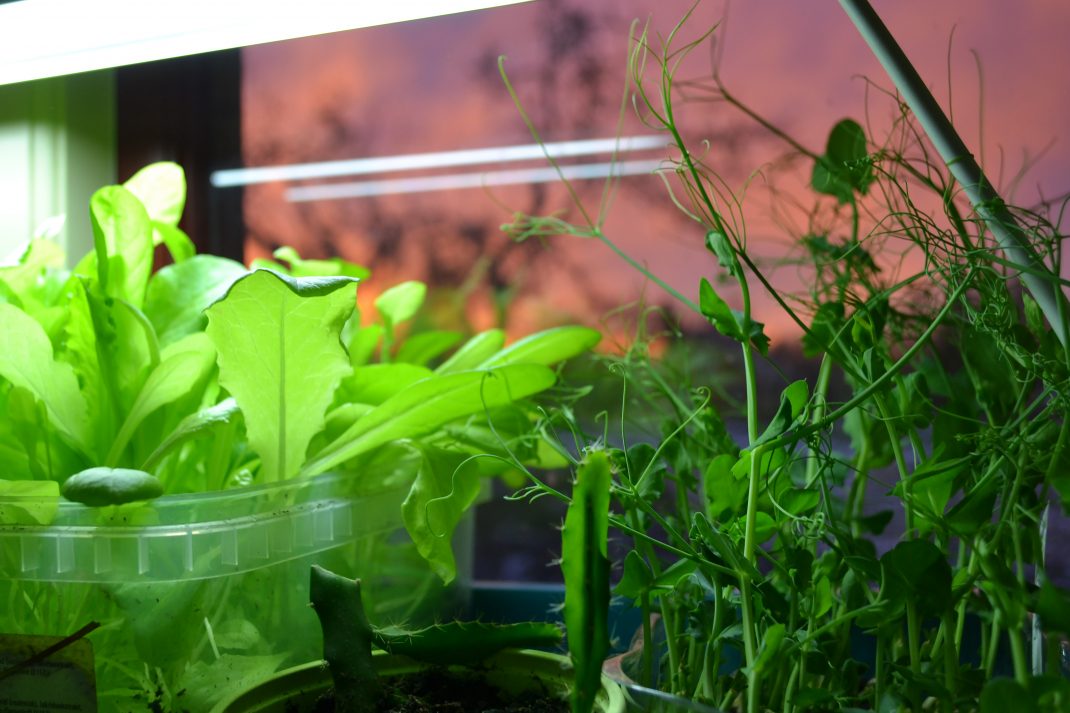
Pea shoots and lettuce in my laundry room in December 2017. There are plenty of vegetables that you can grow indoors!
You might not be able to grow the vegetables you had planned if it's too cold outside. But you can always grow something indoors while you wait for spring to really take hold. I just love watching my plants grow on my windowsill!
I grow vegetables indoors for a number of reasons. For example to pre-grow plants that I can put outside later. Many of these vegetables take some time to grow, and that's why you want to start sowing already in winter. Preferably December-February (at least here in zone 3) so that you can harvest them in summer. Chili, artichoke, celery root, leek, pepper, eggplant and cape gooseberry are a few examples.
Another type of indoor growing is to grow vegetables that you can harvest inside too. I shared some pictures of the vegetables I'm growing this time around on Instagram and got a lot of questions about how it works. That's why I wanted to write a bit more about my 10 favorite vegetables you can grow indoors, plus give you some tips on how it's done at the end of the post. Don't forget to check out the links to my other articles here on the blog too!
Guide: 10 Cabbage varieties and how to grow them
Before you continue reading though, I want to mention the most important thing about growing vegetables inside, especially in winter. You need to use a grow light! There are plenty of different options out there. You need a grow light simply because the natural light just isn't enough in many parts of the world. Especially not here in Sweden of course, when the sun sets so early in winter and early spring. If the plants don't get enough sunlight, then they can easily become leggy, weak and more susceptible to pests. So I really recommend that you get a few grow lights that you can use in winter, even if you only grow for fun.
Napa cabbage
There are plenty of fun fast-growing cabbage varieties that you can grow indoors. You can put the seeds close together to get delicious microgreens, or let the plants grow larger too of course. Bok choy, tasoi and komatsuna are a few of my favorites. Remember that napa cabbage bolts quite easily in strong sunlight, so try to restrict the amount of time you keep it in the light. 8-10 hours should be enough.
Dwarf tomatoes
You can't really grow regular tomato varieties indoors, but dwarf varieties are a great option. I grow my dwarf tomatoes in both pots and in my hydroponic systems (where the plants grow in water and fertilizer.) Growing tomatoes indoors in winter really gets me excited about spring!
Read more: Tomatoes from sowing to harvest
Basil
Basil can be seen as both a herb and a leafy green. You can find both strong-flavored dwarf varieties and really large ones that have a milder taste. One of my favorites belong to the latter, a variety called Mammoth. I really recommend it!
Read more: Planting basil cuttings
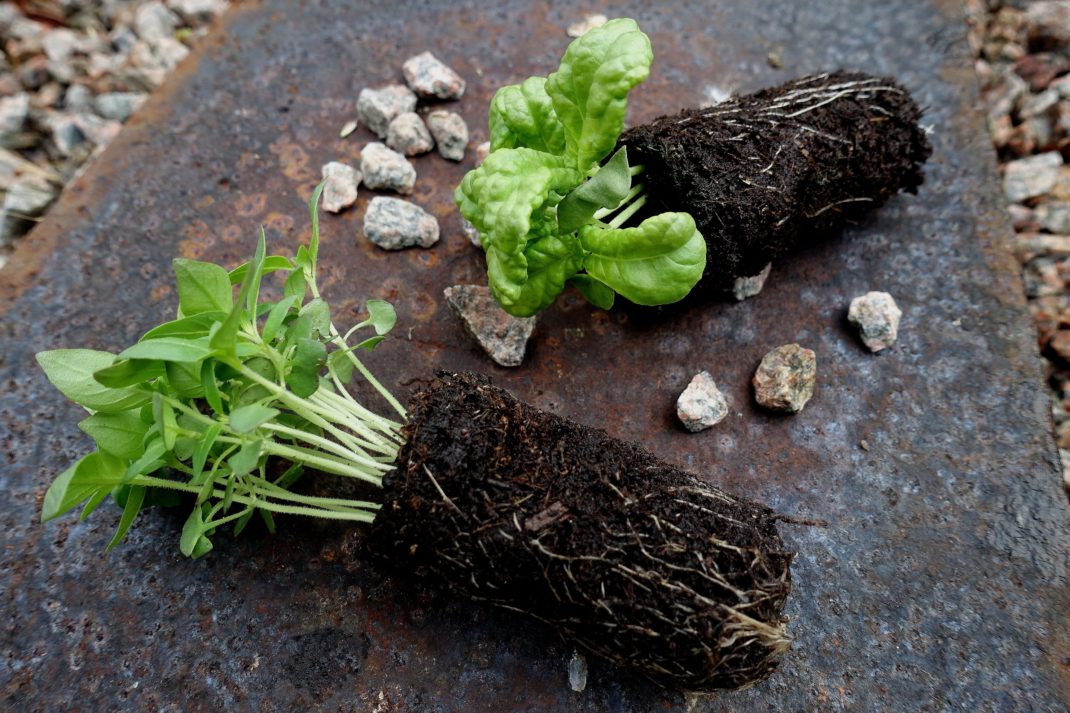
Two basil varieties, ready for new pots. These are lemon basil and lettuce leaf basil.
Garlic scapes
You don't have to wait for the bulbs, you can just as well go for the garlic scapes instead! Plant a few garlic cloves close together in a pot filled with soil and wait a few weeks. Use the scapes for your salads, on your sandwiches or put them in your cooking. I just love harvesting garlic scapes straight from my windowsill in winter.
More about garlic: How to make a garlic braid
Sprouts
Sprouts might just be one of the easiest things you can grow indoors. You can actually use sprouts for a lot of different things, so I definitely recommend that you grow them indoors too. Just make sure to buy seed varieties that are produced for this purpose. Then all you need to do, is to soak the seeds and then put them in a little container to sprout. Rinse the sprouts in water a few times a day and then you can use them on your sandwiches, bake bread with them or put them in your smoothies.
Cucumber
My kids absolutely love growing tiny little cucumbers by the windows, especially in winter. Make sure to get fast-growing early varieties and put them somewhere warm, under a grow light of course. Be careful though, the cucumbers might get thrips. So keep an eye on the leaves. If you notice attacks on the leaves (they start to wither), then you can always get nematodes to counteract the thrips. These can be used indoors too.
More about cucumbers: Homemade pickled cucumbers
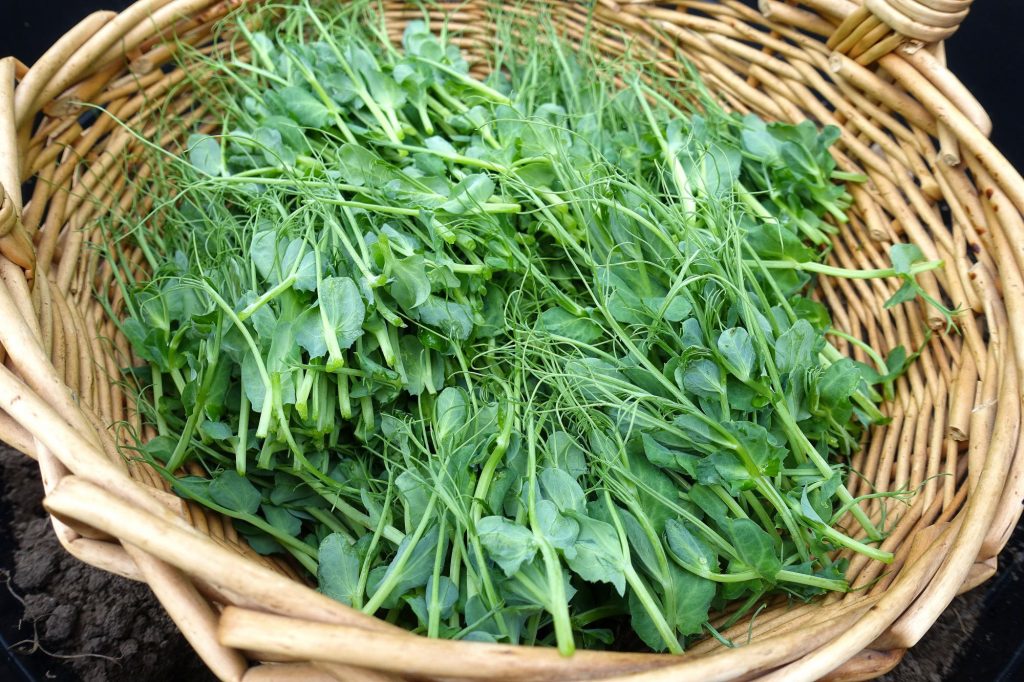
You can start harvesting the pea shoots ten days after sowing. I just love eating them in the middle of winter!
Pea shoots
Most people probably use pea shoots as garnish, but you can do so much more with them! For example put a handful on your sandwiches, or make a salad with a pea shoot dressing (just blend pea shoots and a nice oil.) I always keep a batch of pea shoots around, especially in winter when I grow a lot of my vegetables indoors. Read more about growing pea shoots in the article below:
Read more: Grow pea shoots indoors
Cabbage microgreens
I enjoy all kinds of cabbage leaves, but some just taste best as microgreens. Why not just gather all your leftover cabbage seeds, mix them and then broadcast-sow them in a large trough. Then you just cut the leaves when they are still small. You can use them in all kinds of dishes.
Dwarf pepper
There are plenty of little dwarf pepper varieties out there, with adorable little fruits. I just love them! If you sow them in fall or early winter, then you can get an early harvest as they grow on your window sill. Then you can just put them outside or in your greenhouse after a while. Check the seed packet to learn more about the variety you want to grow, and make sure to get one that develops peppers early.
Read more: How to ripen bell peppers
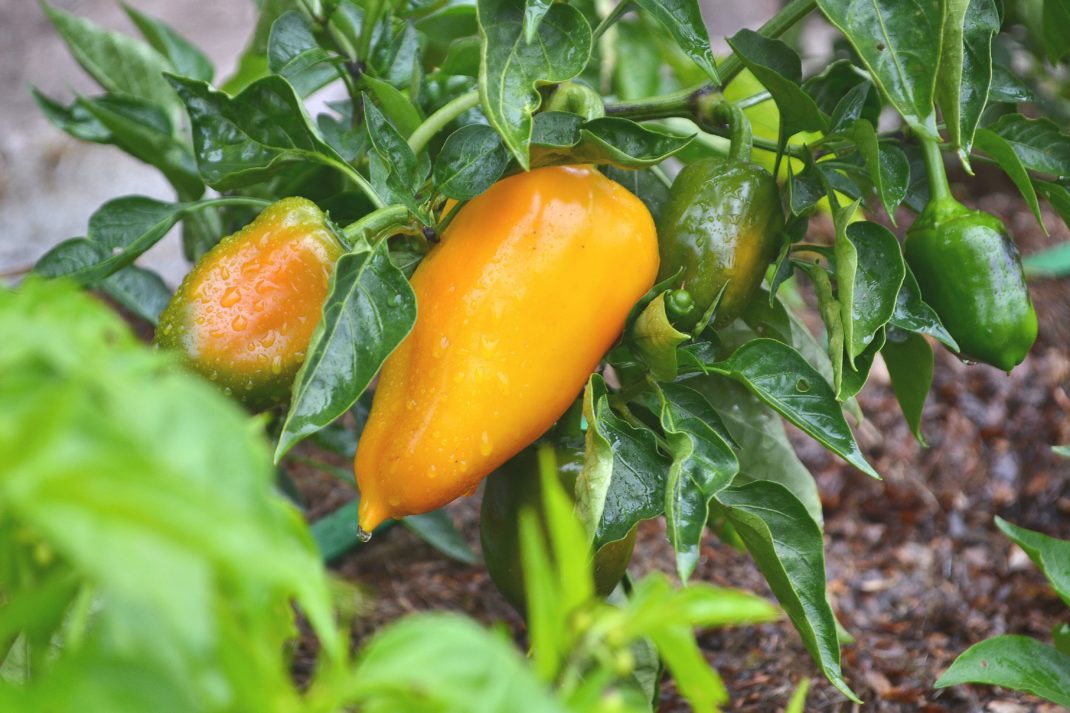
Lettuce
Basically everyone loves leafy greens, so why not try growing them indoors too? Lettuce usually does really well indoors, as long as it doesn't get aphids that is. Choose a handful varieties and use a few seeds for each variety, to get a nice mix. You can harvest plenty of varieties leaf by leaf, and there are numerous colors and different-shaped leaves to choose from.
Grow indoors - Tips
If you want to grow indoors in winter, you will run into some challenges that you don't have to worry about outdoors in summer. First of all, you need to keep a closer eye on the plants you grow indoors. They need to be properly watered and get enough light too. The indoor environment can make your plants a little frail, which means that they are more sensitive to pests like aphids and thrips. The only way to avoid this is to take good care of your plants in general, to just see to their needs and also rinse them now and then.
- you can sow most vegetables in a regular soil mix
- transplant them into store-bought soil or the soil from your compost
- use pots, old plastic troughs and jars for your vegetables
- keep the grow light on for 12-14 hours a day
- add a little fertilizer every time you water your plants
- make sure to quarantine any plants with pests so that they don't spread to other plants
- harvest regularly and keep on sowing so that you have new plants coming all the time
More: Transplanting potted tomatoes
I mostly grow indoors to get fresh vegetables in winter too. Nothing lifts my mood like watching lovely new plants develop at home! I hope this article inspired you to grow indoors too. Good luck!
/Sara Bäckmo
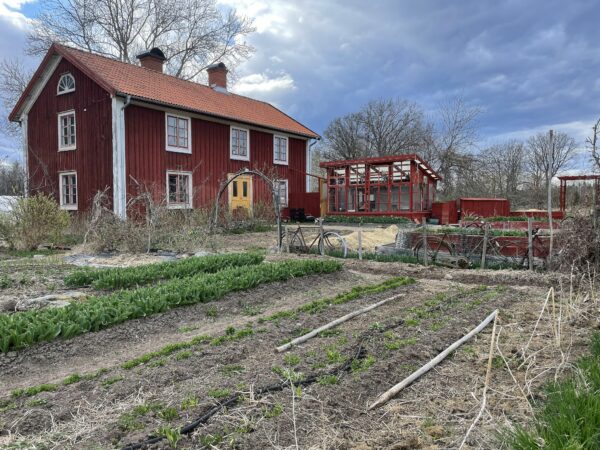
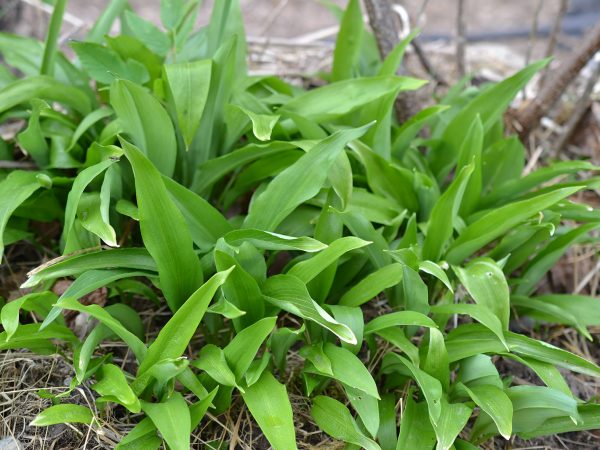
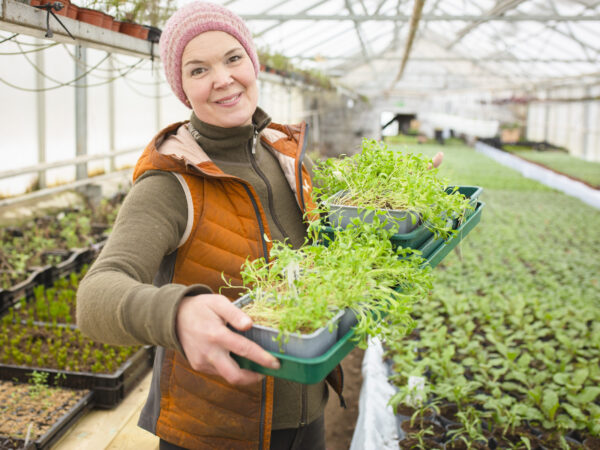
Leave a Reply